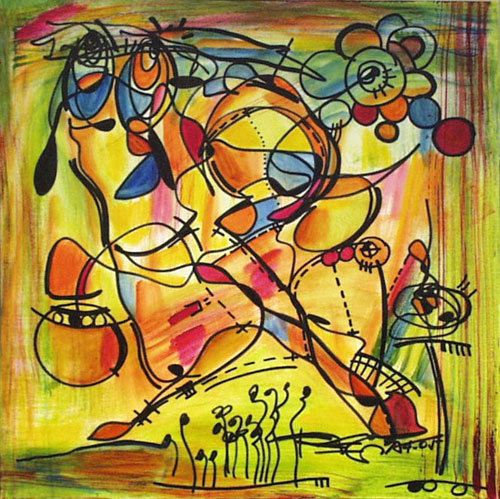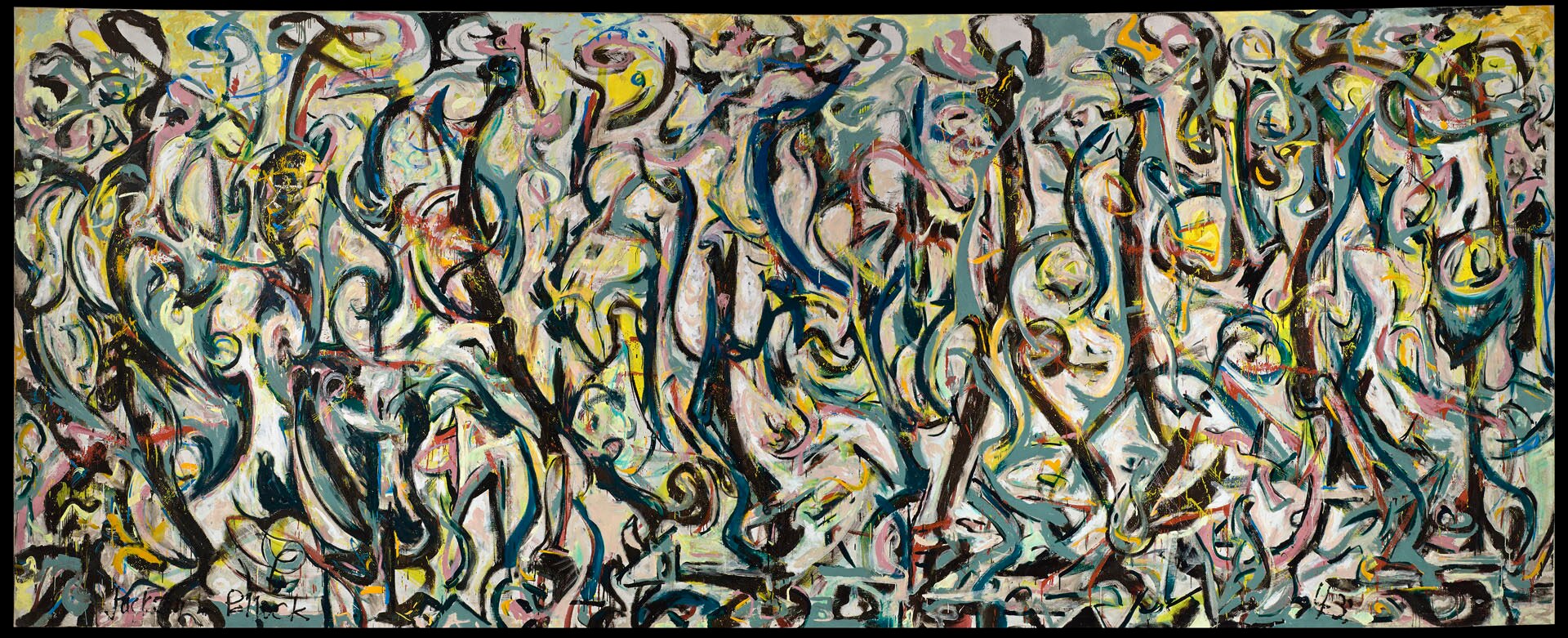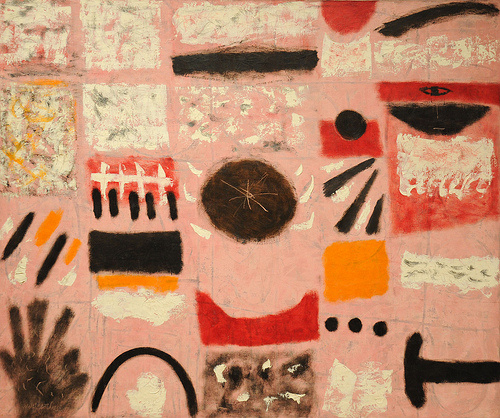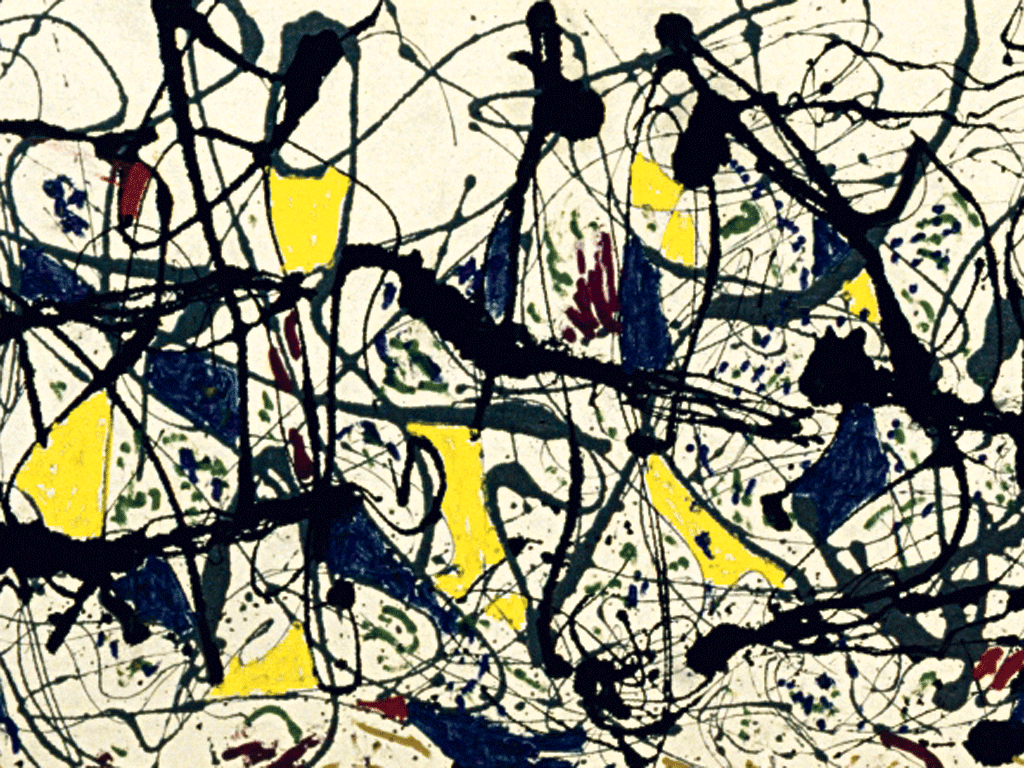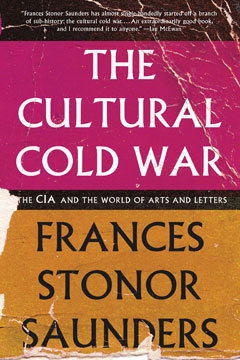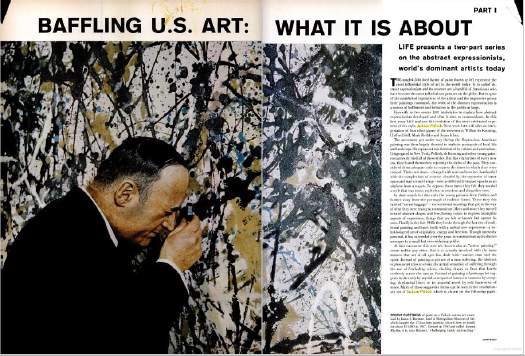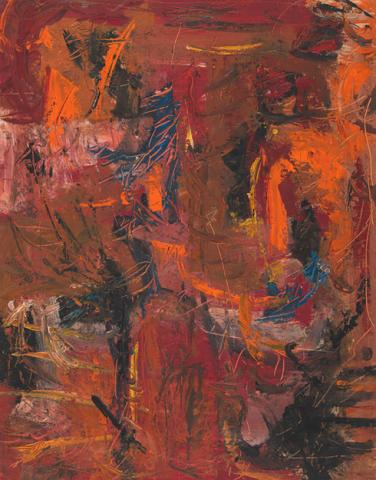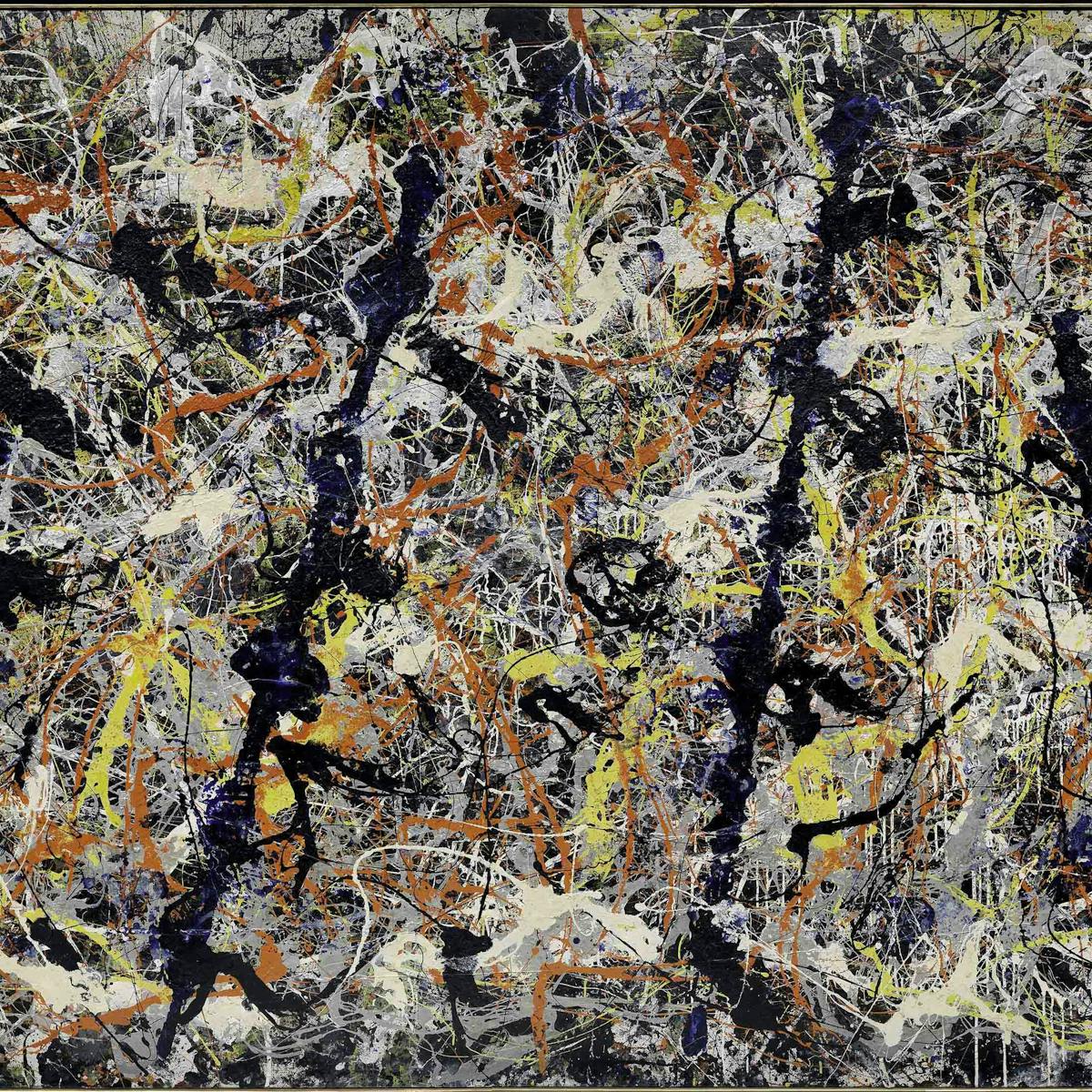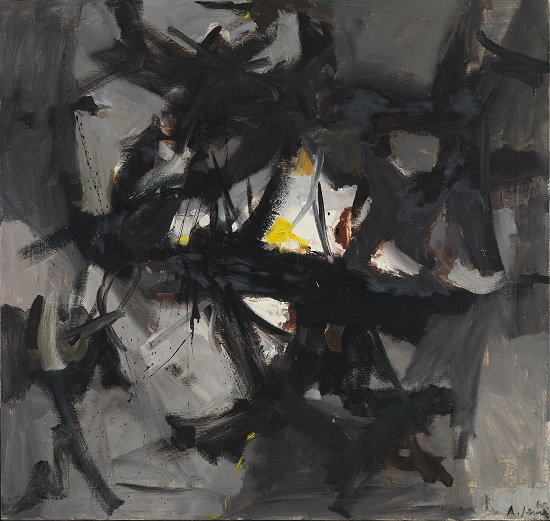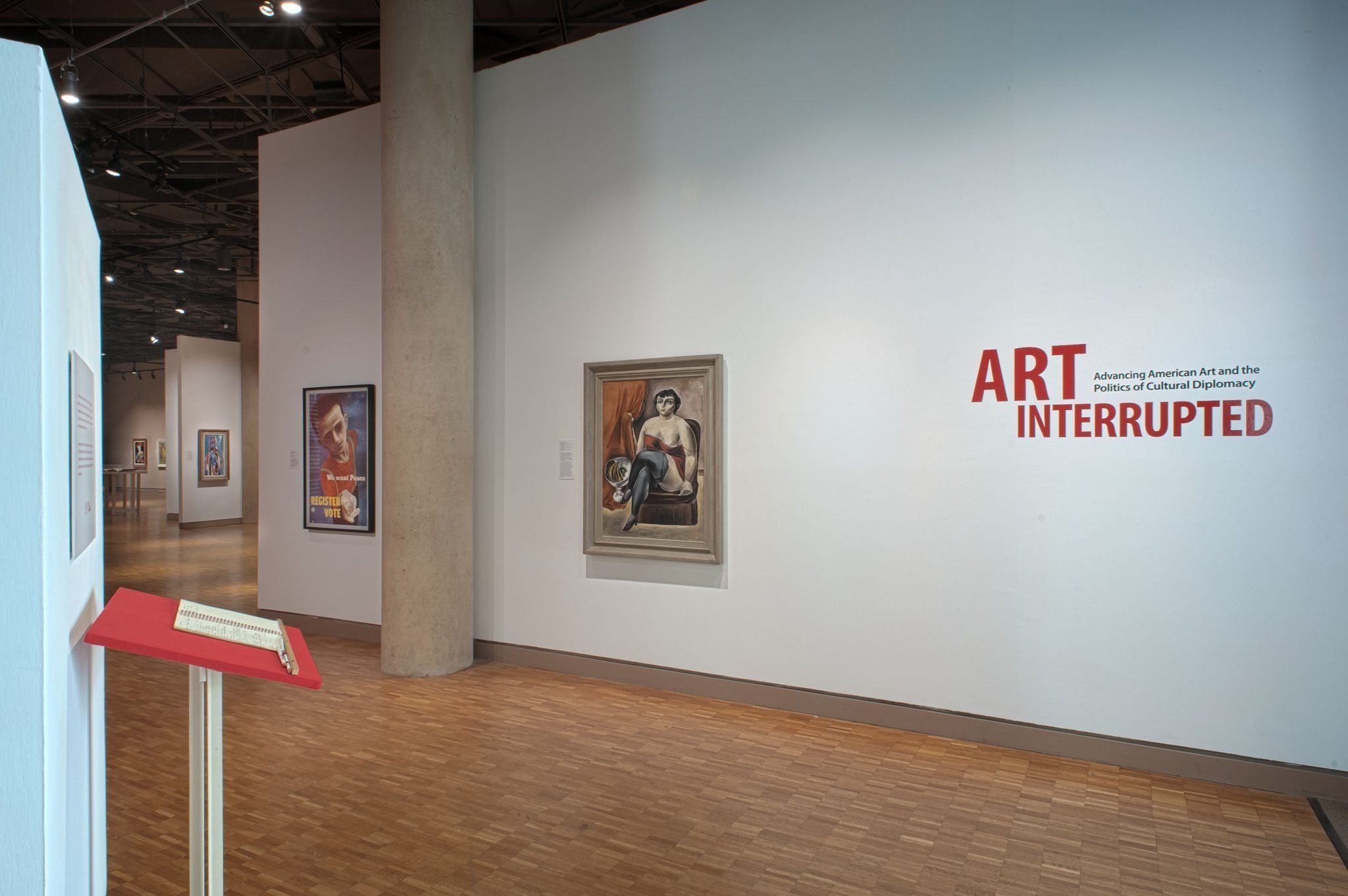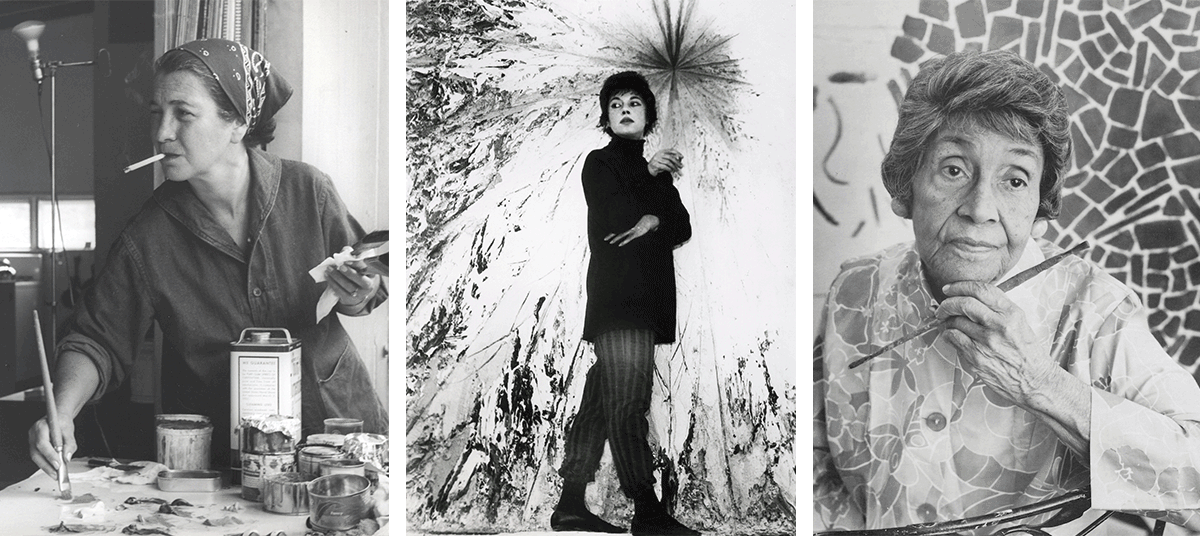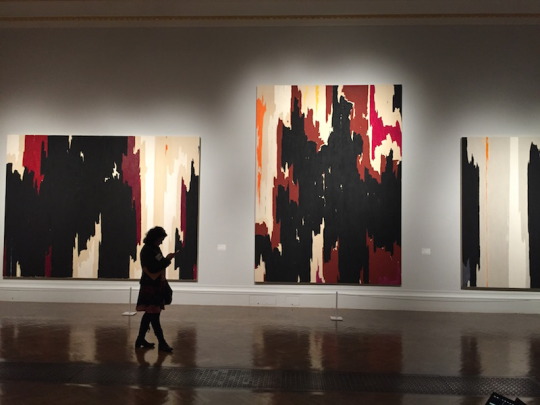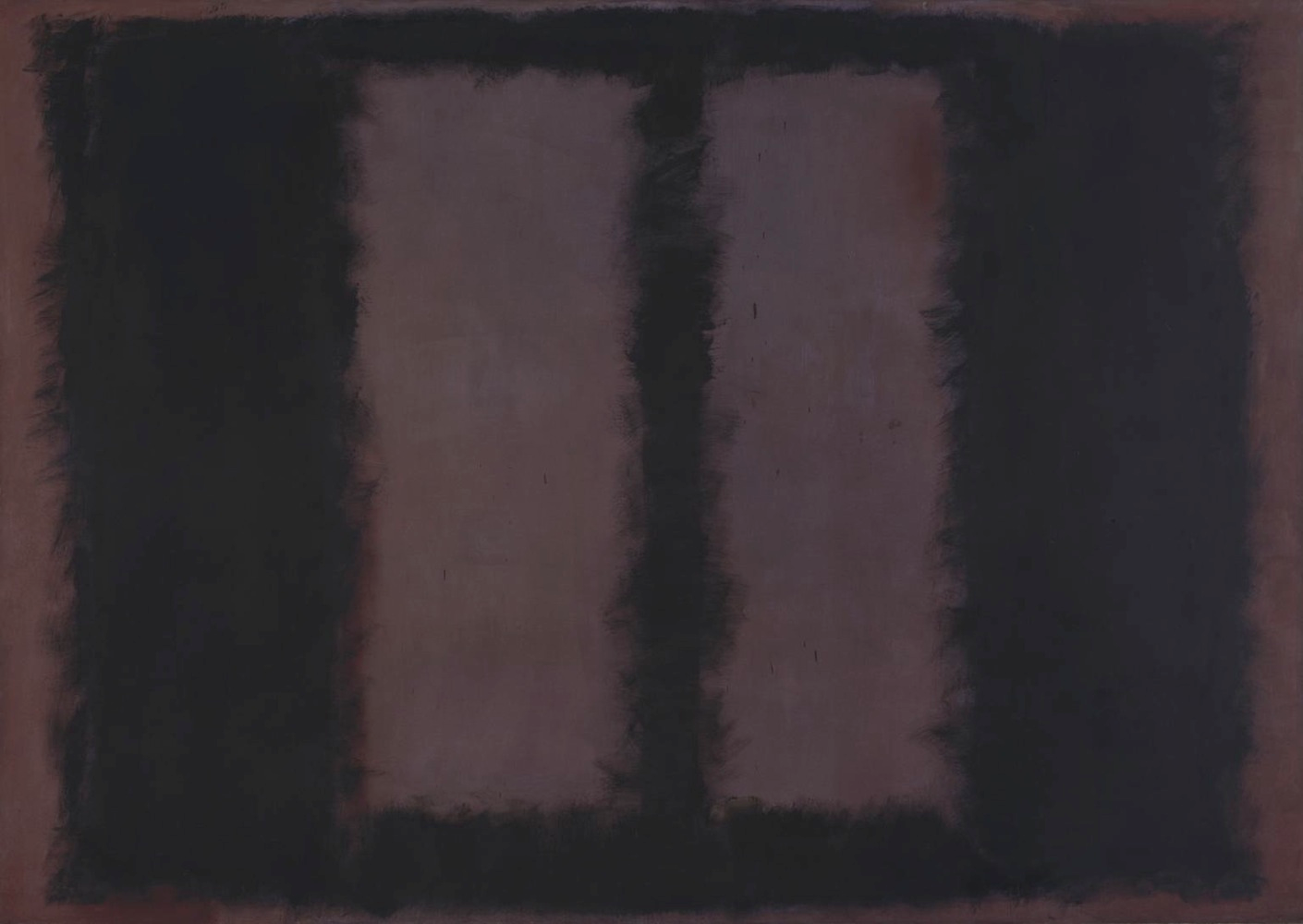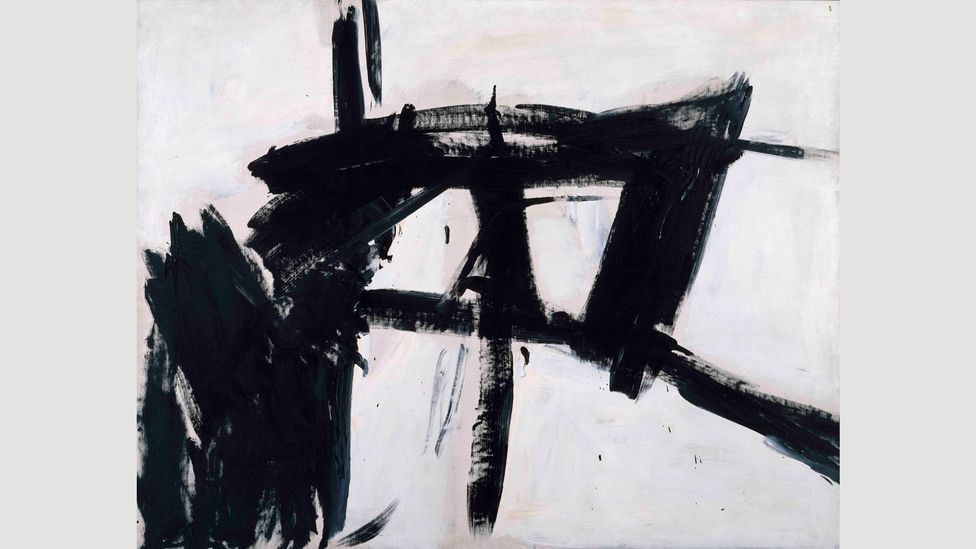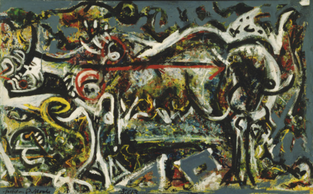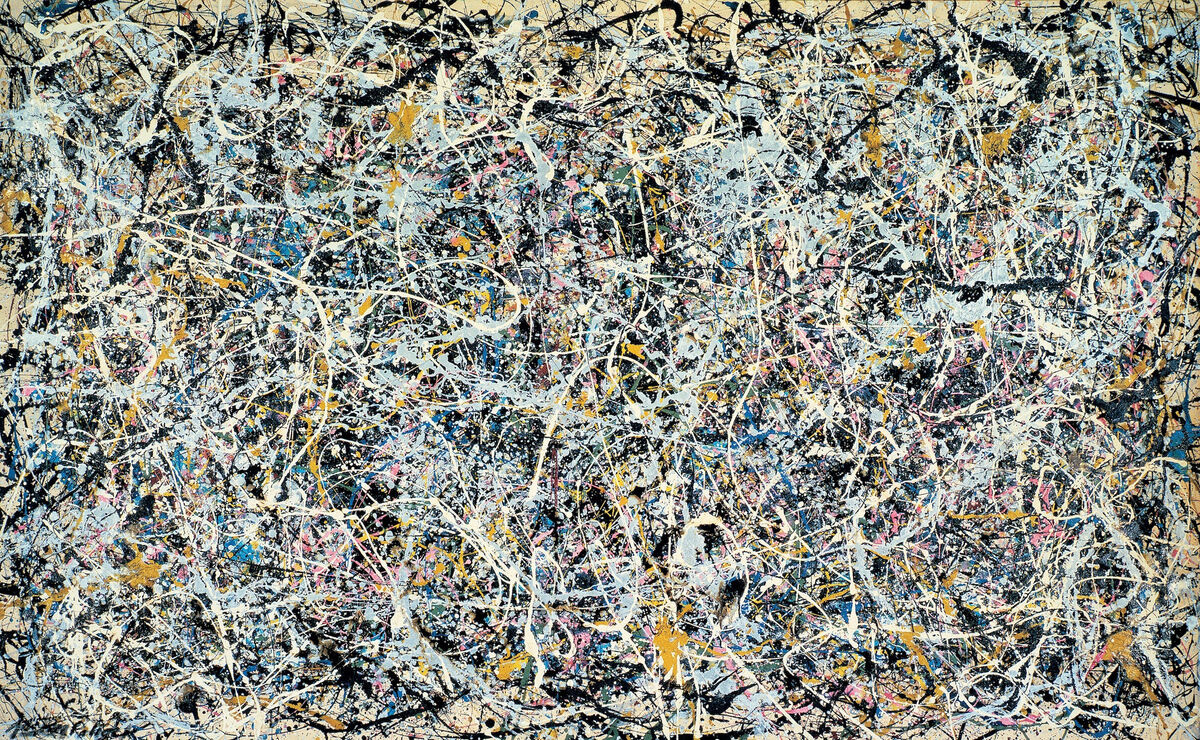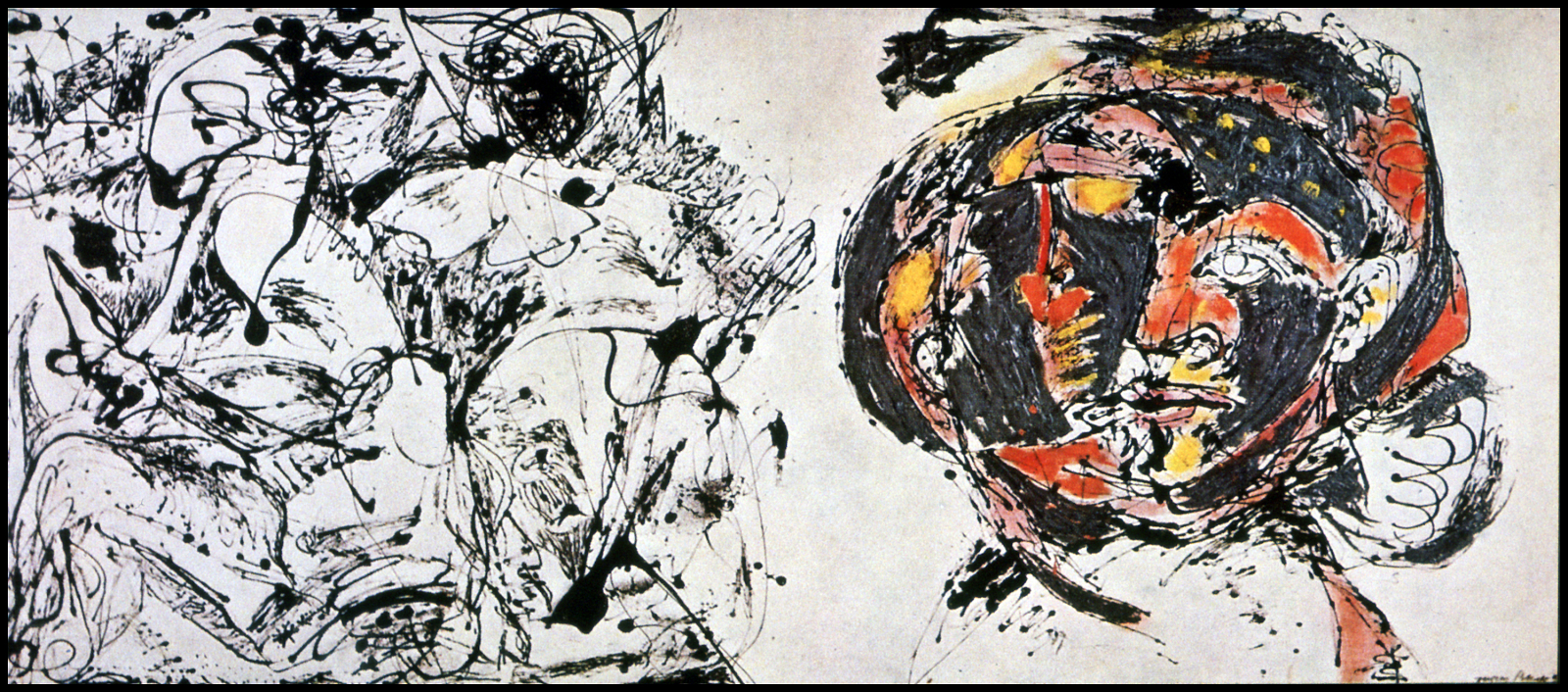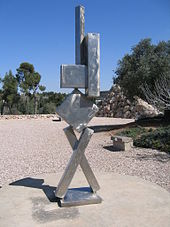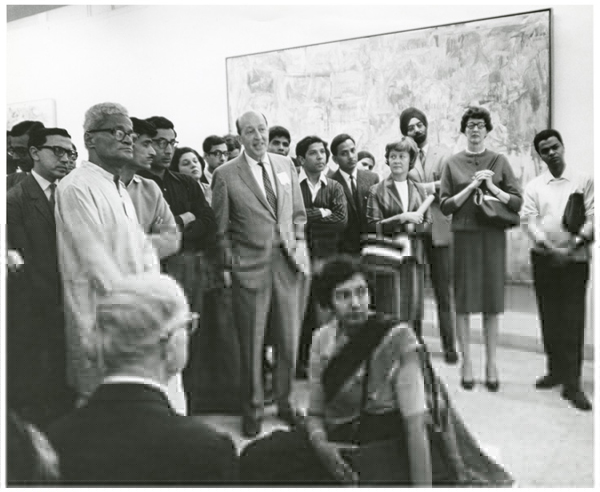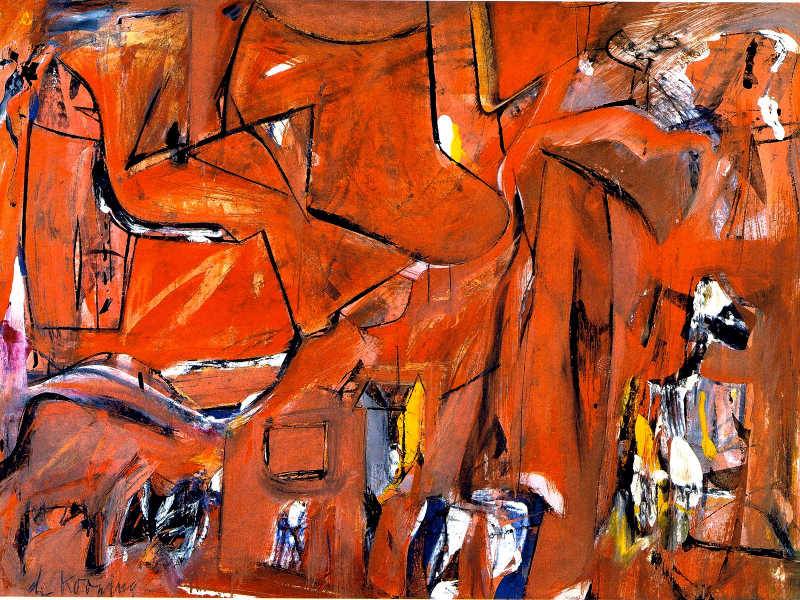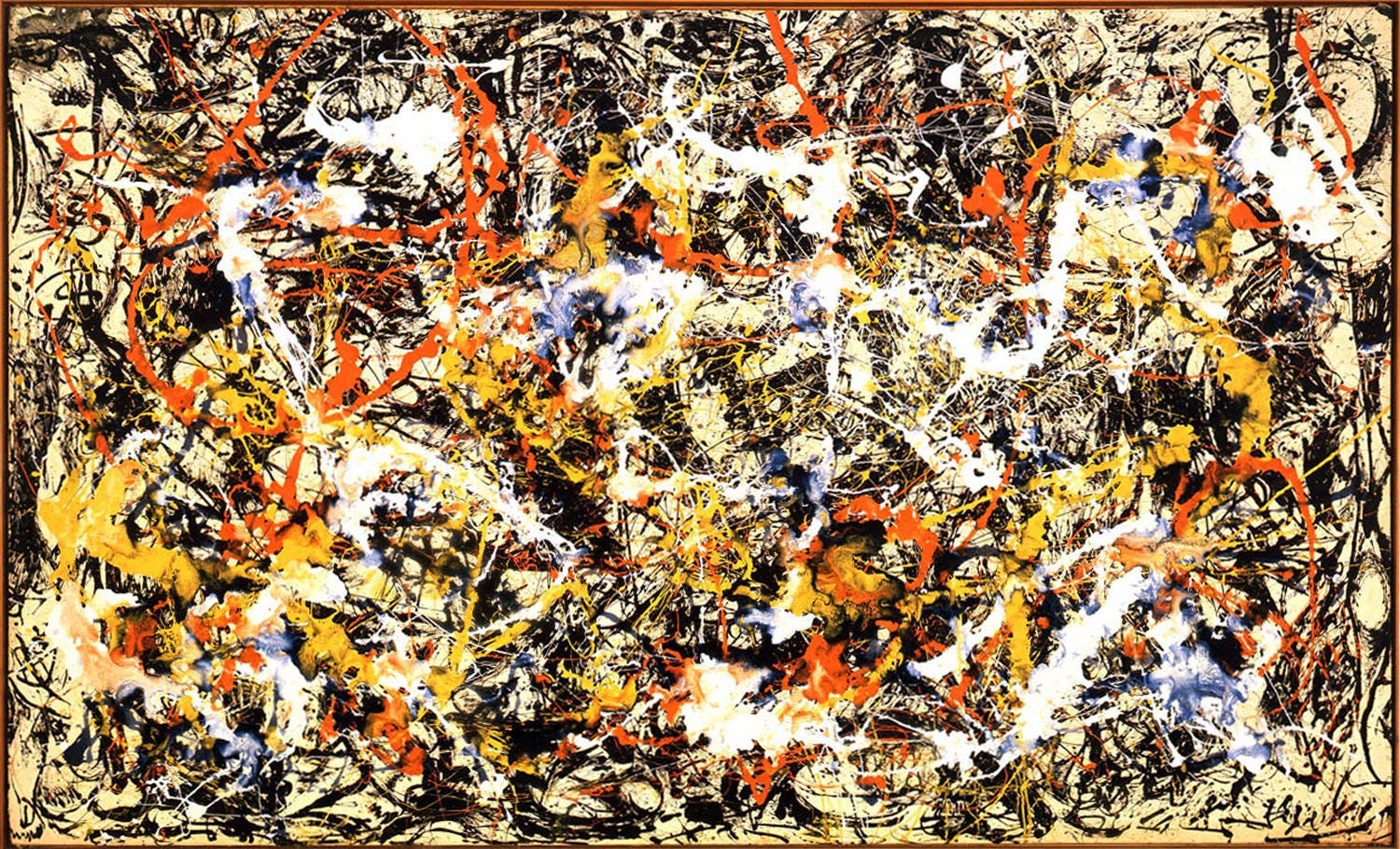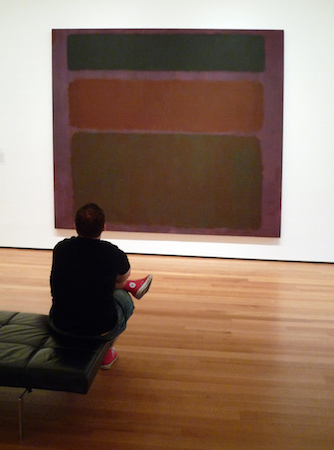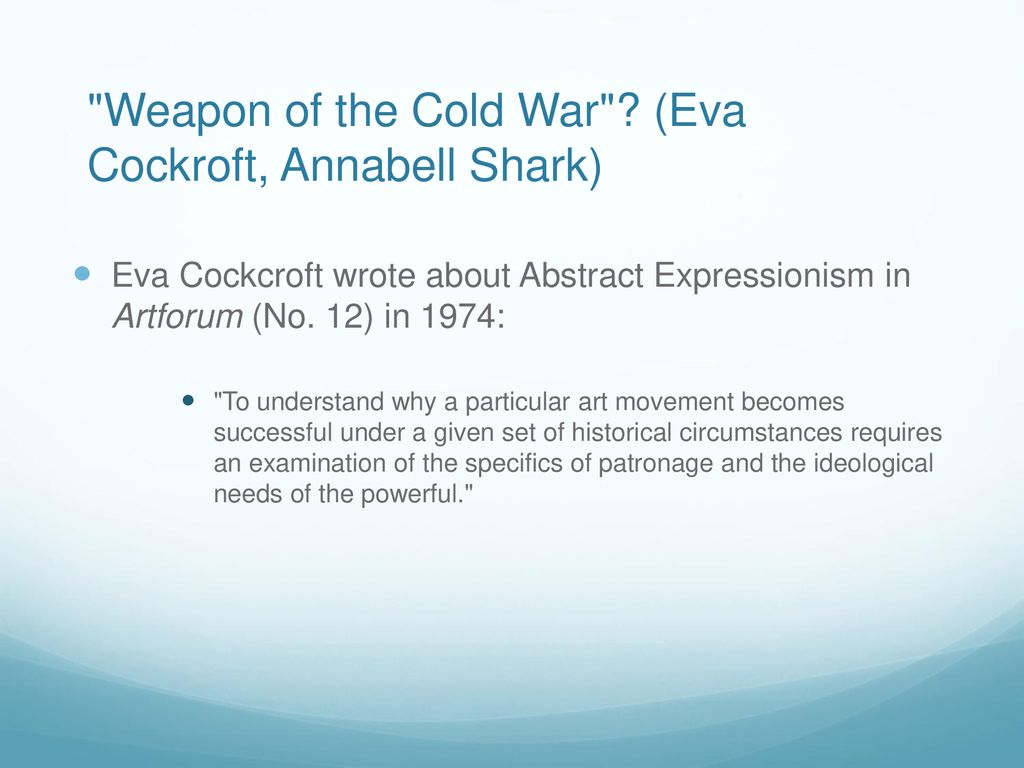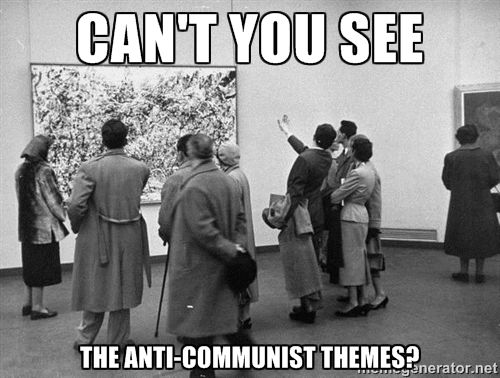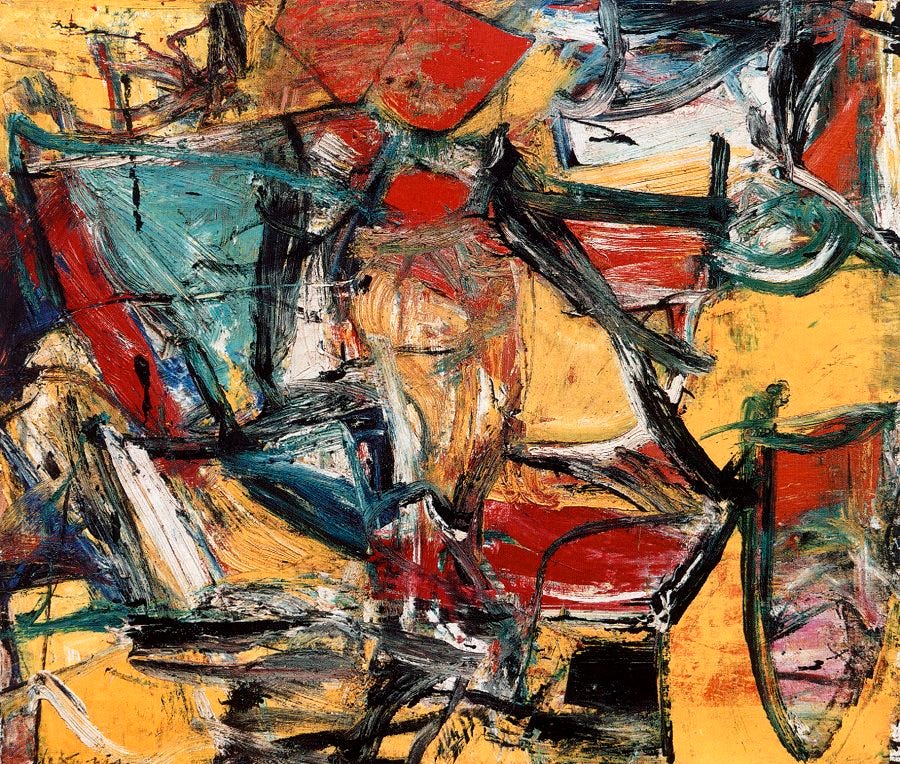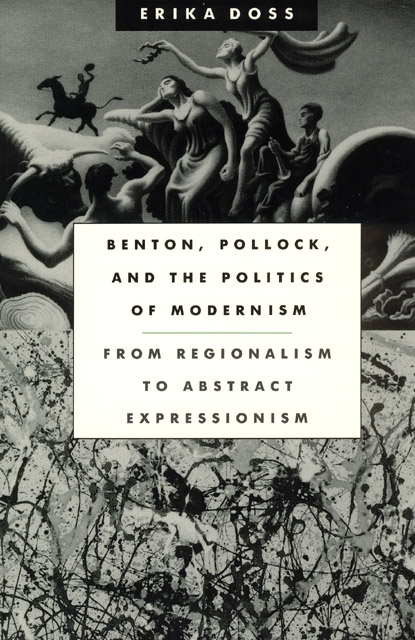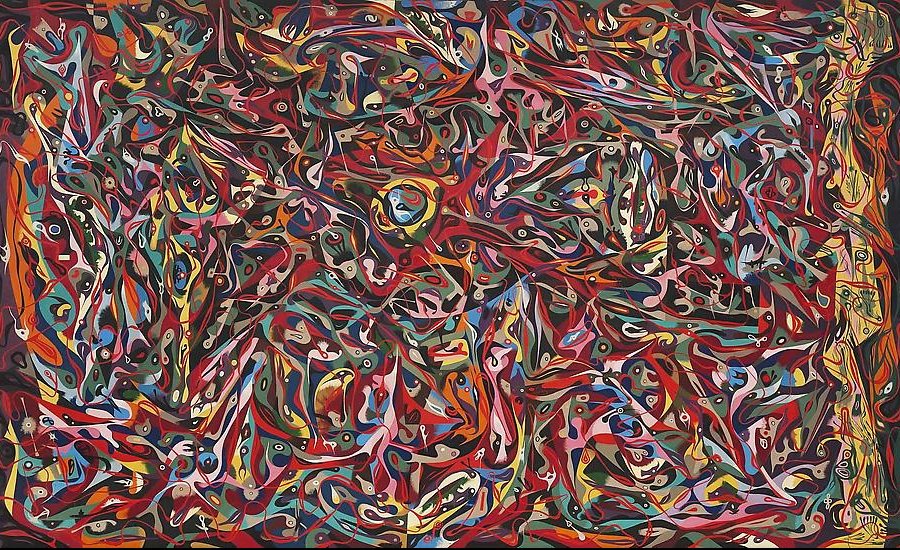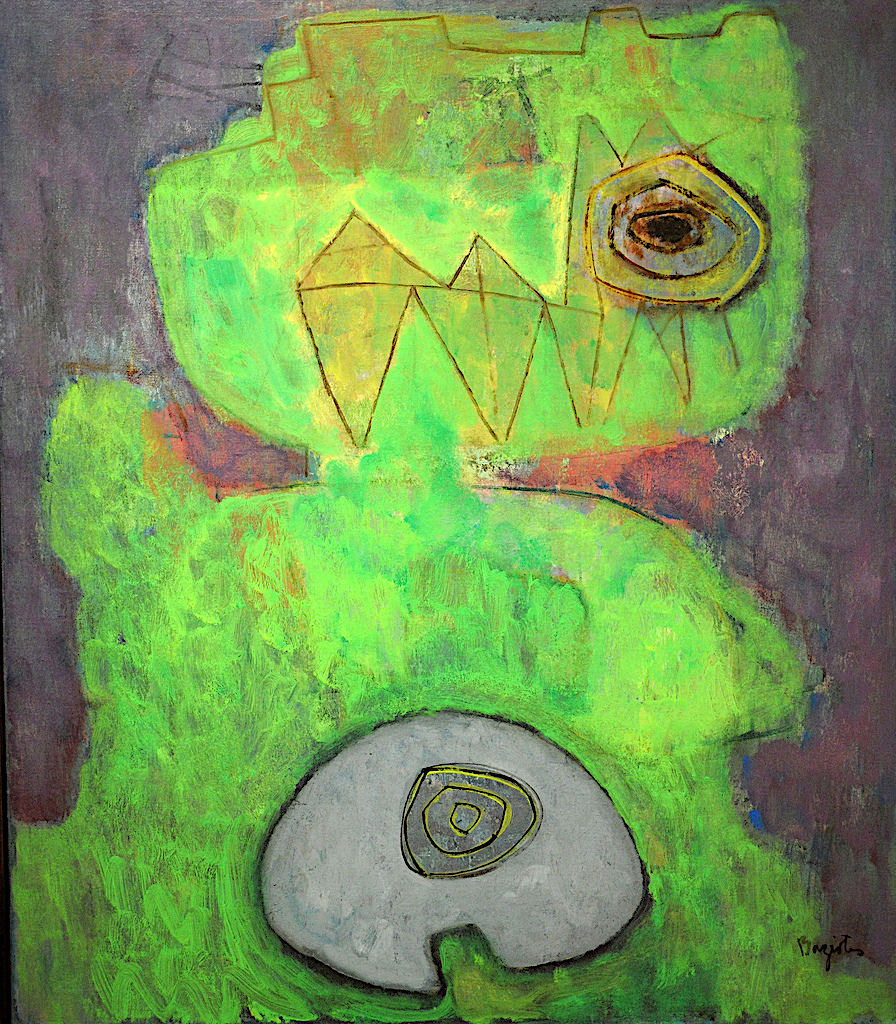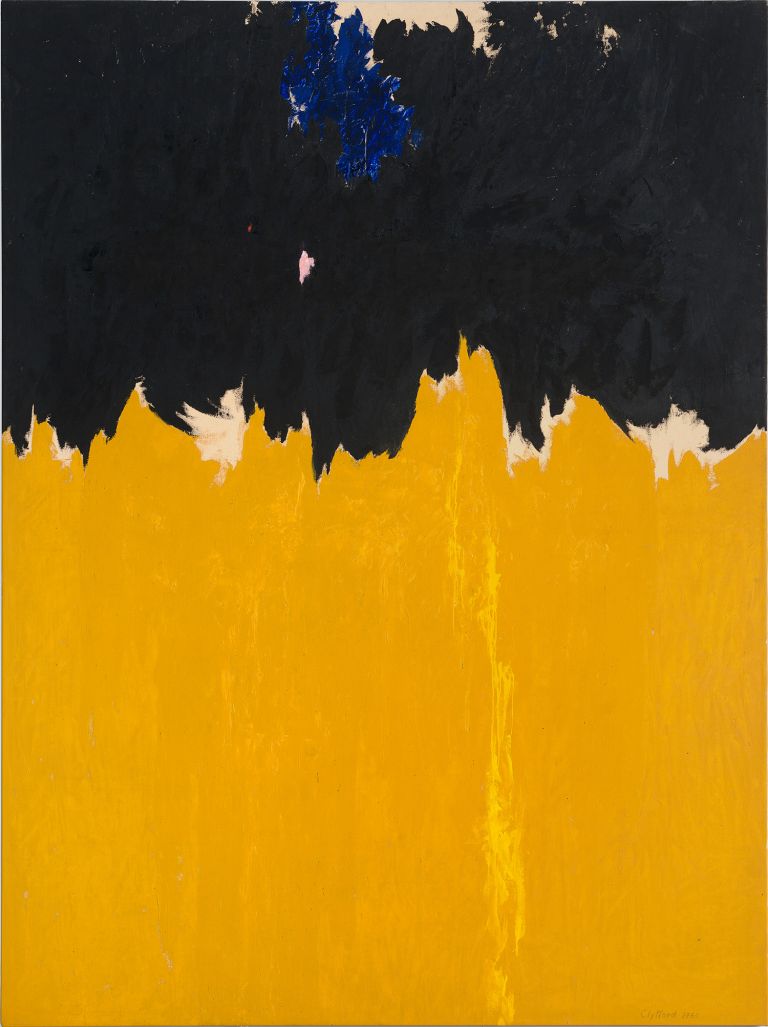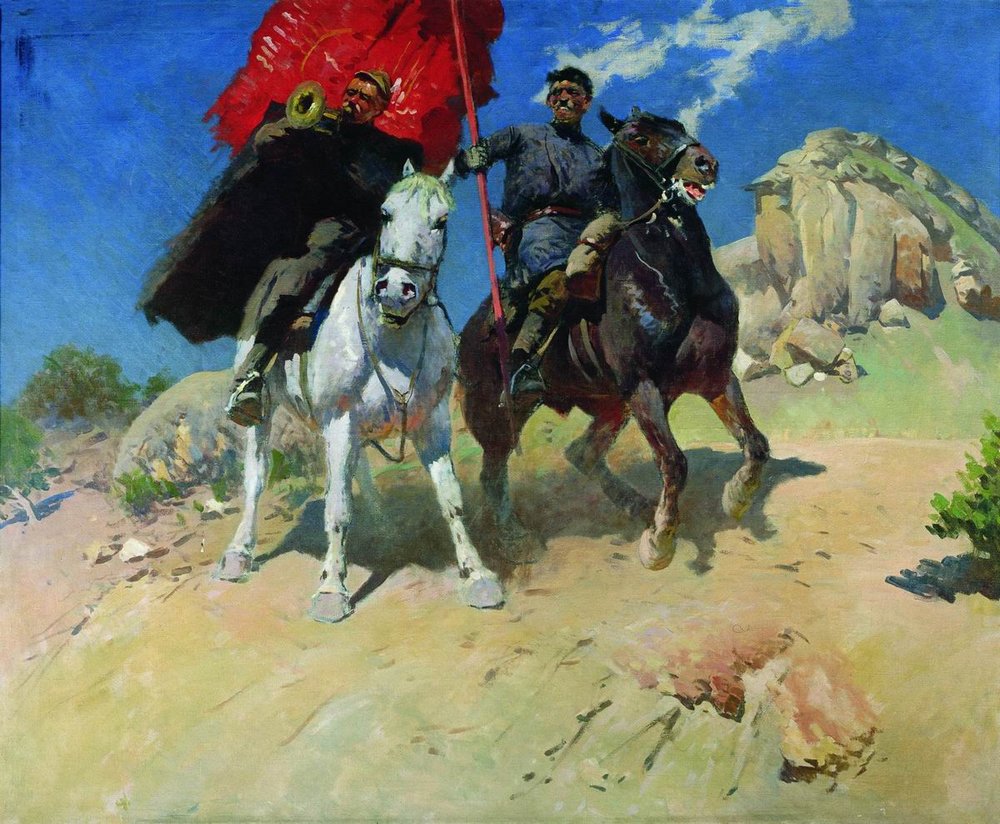Abstract Expressionism And The Cold War
During the renaissance and earlier patronage of the arts went hand in hand with official power.

Abstract expressionism and the cold war. Far from being unknown there was an extensive article regarding this in artforum in 1974 written by eva cockcroft entitled abstract expressionism weapon of the cold war based on foia requests the article should have caused a reassessment of the historical narrative but by then the art market and the inertial weight of cultural investment worked to obviate that possibility. World war ii had positioned the united states as a global power and in the years following the conflict many americans enjoyed the benefits of unprecedented economic growth. Soon it was the turn of abstract expressionism to play its part in the cold war. Abstract expressionism and the cold war since the mid 1970s it has been argued that the style attracted the attention in the early 1950s of the cia who saw it as representative of the us as a haven of free thought and free markets as well as a challenge to both the socialist realist styles prevalent in communist nations and the dominance of the european art markets.
Triumphalism were first levelled against abstract expressionism in 1973 by the art critic max kozloff. Abstract expressionism emerged in a climate of cold war politics and social and cultural conservatism. Newman claimed that instead of using outlines instead of making shapes or setting off spaces his drawing declares the space. America in the 1950s.
Communism an ideological theology derived by karl marx promoted the war against separate social classes. In the case of the abstract expressionists the attitude was a reaction to the social and political values of the cold war. Abstract expressionism weapon of the cold war to understand why a particular art movement becomes successful under a given set of historical circumstances requires an examination of the specifics of patronage and the ideological needs of the powerful. While abstract expressionism is often considered for its advancements in painting its ideas had deep resonance in many mediums including drawing and sculpture.
This book rereads clement greenbergs account of abstract expressionism through adorno and merleau ponty in order to contend that greenbergs criticism in fact testifies to how the movement opposes.



